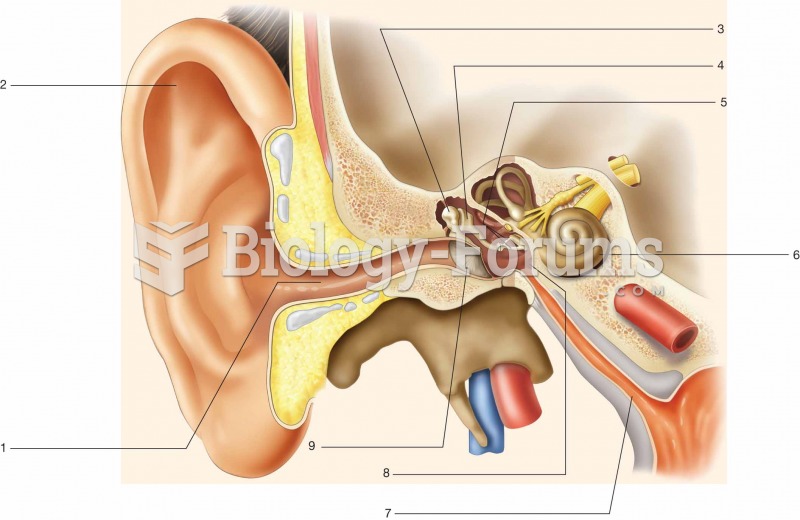Answer to Question 1
any two of the following: designs outdoor areas for people to use; plans the arrangements to make best use of land while protecting the environment; prepares detailed maps and plans showing the placement of plants and walkways; supervises any grading or construction necessary to complete the work.
Answer to Question 2
There are several steps in the manufacture of beer. These include:
Malt preparation. The dried grain is moistened and germinated. Within the germinating grains, enzymes convert the starch to sugars. Malt is a shortened description of the maltose sugar that is produced. The germinated grain is then roasted and crushed to produce malt powder. Malt power is the substrate for fermentation.
Mash production. The malt powder is then mixed with the starch of other grains such as rice, wheat, or corn. The malt enzymes then convert all these starches to sugars. After the conversion is completed, the mixture is filtered and the liquid, called the wort, is saved.
Mixing and brewing. The wort is then mixed with hops or other flavoring ingredients and then cooked or brewed. Hops add flavor to beer and help retain the foamy head of beer longer.
Fermentation. The cooked wort is cooled and yeast is added. The yeast converts sugars to ethanol and carbon dioxide. Different types of yeast produce beer with distinct characteristics. Bottom-fermenting yeasts produce lagers, whereas top-fermenting yeasts produce ales.
Aging. Following fermentation, the beer is aged for several weeks, often with beechwood chips to provide flavoring. During aging, additional fermentation and natural carbonation can be stimulated by adding a small amount of wort and yeast.
Filtering, pasteurizing, and carbonation. The final steps before packaging involve filtering of the aged beer to remove any impurities or microorganisms. Bottled and canned beers are usually pasteurized, whereas draft beers are only filtered. Many beers are also carbonated before canning or bottling.







